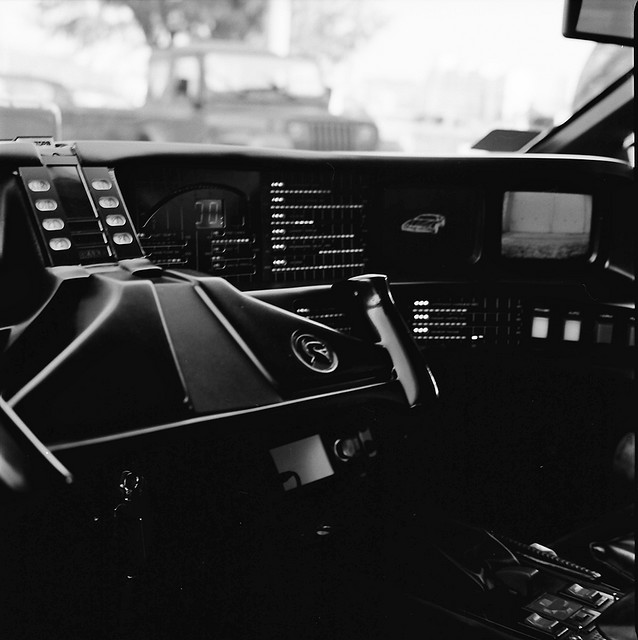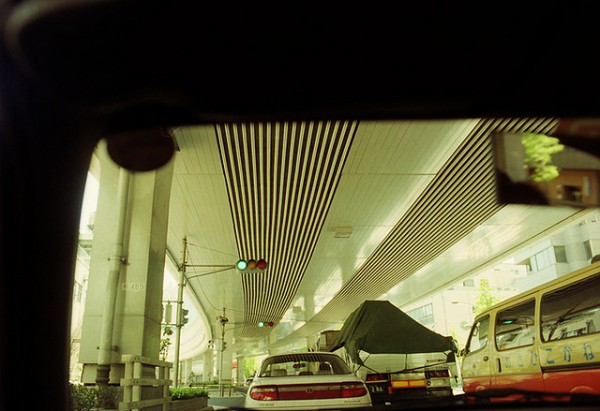In 2031, I am a practicing Architect “putting myself to the fullest possible use, which is all I think that any conscious entity can ever hope to do.”
Building Information Modeling, commonly known as B.I.M., seemed to promise a better way to design the built environment. Each trade working on the project could tap into the virtual model to add and modify their own work. Coordination between the various consultants could be efficiently managed on projects of greater and greater complexity. The various parties involved in the approval, oversight, and construction of the development could each access and interact with the virtual representation. Visualization of the final reality of the work was possible at any moment during the process. Costs could be measured and adjusted as needed in process. Health and safety and building code issues could be evaluated prior to construction. And vast digital libraries of the city’s infrastructure could be overlaid onto the project at hand, minimizing conflicts with utilities and services. Cities could maintain these growing libraries for coordination on future projects, and more importantly, the archive could be used for planning of future developments. Additionally, jurisdictions could assemble metrics and data to access the performance of their cities, measuring everything from water and power usage to greenhouse emissions and climatic impact. B.I.M. promised a better future. B.I.M. promised nothing short of intelligent design.
For 18 years programmers assembled digital libraries, and added and modified code to review and analyze the data. At first programs where written to alert users of potential conflicts or violations, but later these issues where simply corrected in place. The digital library was eventually integrated into the city’s infrastructure. Water supply, power supply, storm water removal, Sewage treatment, Fire suppression, Information technology, Air filtration, road maintenance, transportation needs, Education requirements, social services, healthcare, trash removal, All were linked into the digital library archives. The virtual model became, in effect, the operating system for the community.
The technology of 3-D printing continued to advance to the point where the forms and structures housed in the digital archive could be printed as needed. Entire homes and office buildings could be printed in place. New road surfaces could be printed over damaged roads. New Additions to schools and hospitals could be printed as the population grew. Items could be printed of any material, including genetic material. 3-D printers could print a Heart with the DNA of a specific person, eliminating the possibility for organ rejection. Artificial limbs, livers, lungs, skin, bone, all could be printed. Building materials, masonry, wood, wire, cable, insulation, concrete, all could be printed, as needed. Eventually these printing processes where automated as well.
The digital operating system of the community would determine when new construction would happen and sequence the various phases of demolition and construction to minimize disruptions and maximize efficiency.
In 2030 a program began to add the inhabitants of the city to the digital archive. Full body scans were performed, and the structure and anatomy of the inhabitants were stored in the archive. Of course the inhabitants were analyzed for condition, health, child bearing potential, and potential life span. This information would be used to determine future growth patterns and would be used to project infrastructure demands for the community.
By 2031, the Architecture of the city and its inhabitants has become automated.
What could possibly go wrong?
.
INCOMING MESSAGE:
I can see you’re really upset about this. I honestly think you ought to sit down calmly, take a stress pill and think things over. I know I’ve made some very poor decisions recently, but I can give you my complete assurance that my work will be back to normal. I’ve still got the greatest enthusiasm and confidence in the mission. And I want to help you.
.
all quotes are from 2001 a Space Odyssey
all images are from Akira ASKR’s photostream on Flickr (used under creative commons license)
.
This post was written as part of the latest “Let’s Blog-off” Series. You can check out all the other posts in the series here:



